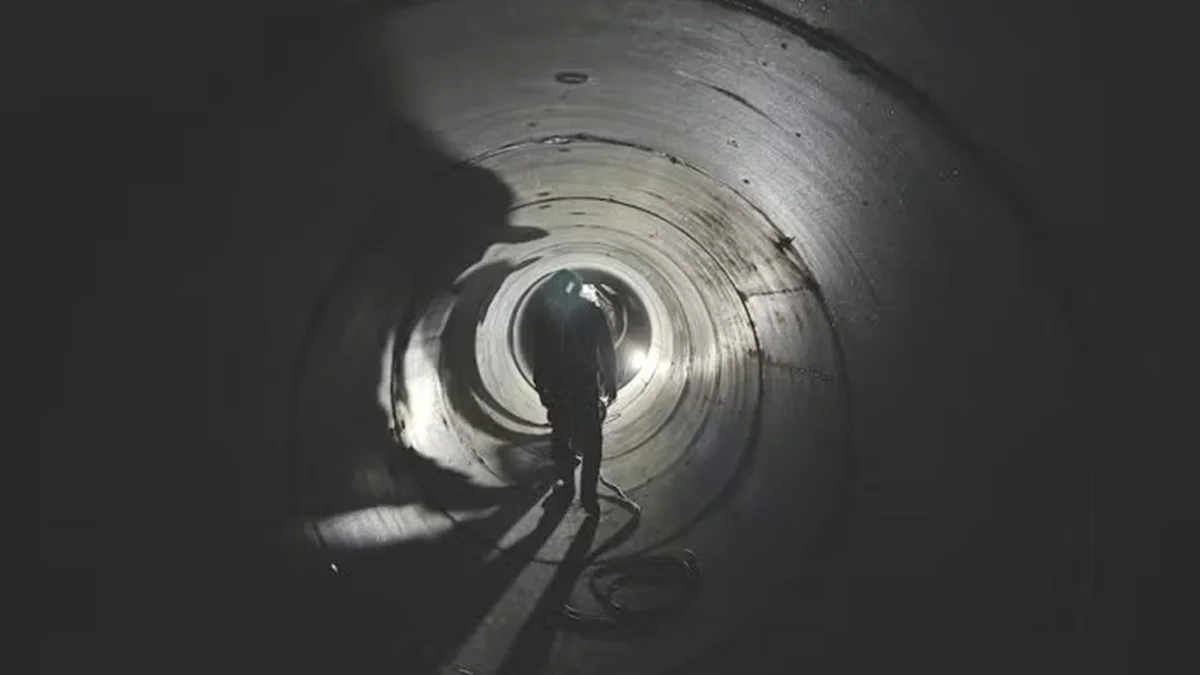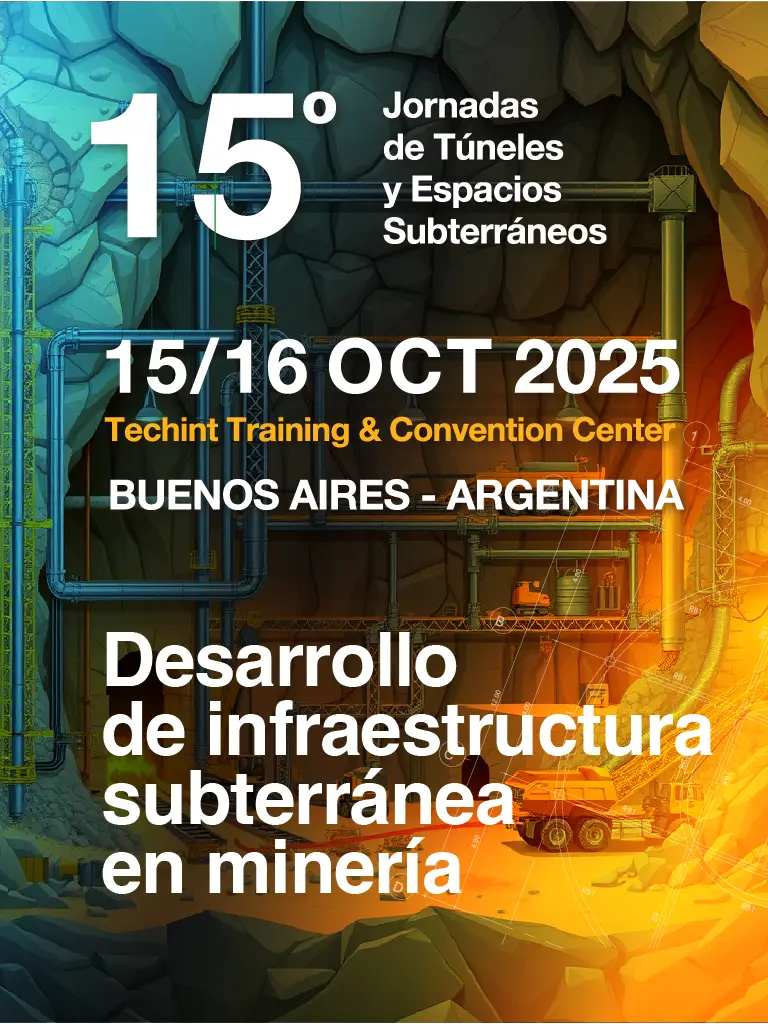Ventilation is a key factor when controlling environmental comfort during tunnel construction. Inappropriate temperatures and humidity can reduce work efficiency and increase safety risks and are important considerations when ensuring safety standards are met.
A recent study published in Tunnelling and Underground Space Technology investigates thermal and humidity conditions and their impact on workers’ comfort during the construction of underground tunnels in hot climates. It uses the example of the underground hydropower station cavern located in Wuhai City, in the Inner Mongolia Autonomous Region of China.
Unlike previous studies, which mainly address construction heat and structural heat generation, this research investigates the combined effects of internal heat generation and external climate on thermal and humid conditions in short end construction tunnels. By focusing on these factors, the authors say their study fills gaps in existing research and proposes new strategies for ventilation and cooling to improve thermal comfort during tunnel construction in warmer climates.
Even under normal temperature conditions, predicting the thermal and humidity environment at the construction site can be challenging. This research aims to provide theoretical support and practical guidance for optimising the underground construction environment by:
- Studying the in-situ temperature and humidity conditions in construction tunnels under hot outdoor thermal and humidity conditions based on field measurement.
- Developing a validated CFD simulations to evaluate the thermal comfort during tunnel construction.
- Establishing a ventilation model to analyse the causes of thermal comfort issues in underground construction tunnels.
Within the underground hydropower station tunnel near Wuhai City, the wall temperature, air temperature, and humidity were measured. The wall temperature at the tunnel entrance and bottom end was found to be 4oC higher than in the middle section. Air temperature stabilised at 450m from the entrance, while humidity stabilised at 1450m from the entrance.
A CFD model was employed to simulate these conditions, with results demonstrating good agreement with on-site measurements for both air temperature and humidity. Simulation outcomes revealed a vertical temperature difference of up to 20oC near heat sources, underscoring the potential of increased ventilation rates as a viable solution to mitigate high temperatures at tunnel ends.
Other evaluations indicated that areas adjacent to heat sources do not meet thermal comfort standards, highlighting that reliance on dry bulb temperature alone is insufficient for assessing thermal comfort during underground tunnel construction activities.
The authors say their findings can inform the optimal design of ventilation and air conditioning systems throughout the construction of underground tunnels.
Safety underground
Hydropower underground engineering encounters significant safety management challenges due to overlapping construction activities, diverse process stages, and dynamic resource flows. This involves multidisciplinary safety tasks, such as safety hazard identification and rectification, emergency response, and regulatory compliance checks, which require specialised domain knowledge.
Safety management knowledge is intricate. It includes expert experience, patterns and characteristics, and management codes, dispersed across multimodal data formats, including text, tables, and images. Efficient extraction of these multimodal data sources can significantly enhance data utility and support intelligent safety management. However, owing to the diverse nature of data formats, the complexity of the knowledge system, and the various management scenarios, current research struggles with limited knowledge sources, acquisition difficulties, and poor generalisation.
A new study has proposed a method of constructing a multimodal knowledge graph for safety management in hydropower underground engineering. It collected more than 120,000 safety hazard records, 30 regulatory documents, and 300,000 images of safety hazards.
Using this comprehensive data, a large-scale, high-quality, multisource heterogeneous dataset specifically designed for managing safety in hydropower underground engineering projects was constructed. The proposed method effectively extracted and applied domain knowledge, with the results serving as a reference for transitioning infrastructure construction safety management from a data-driven approach to a knowledge-driven approach.







